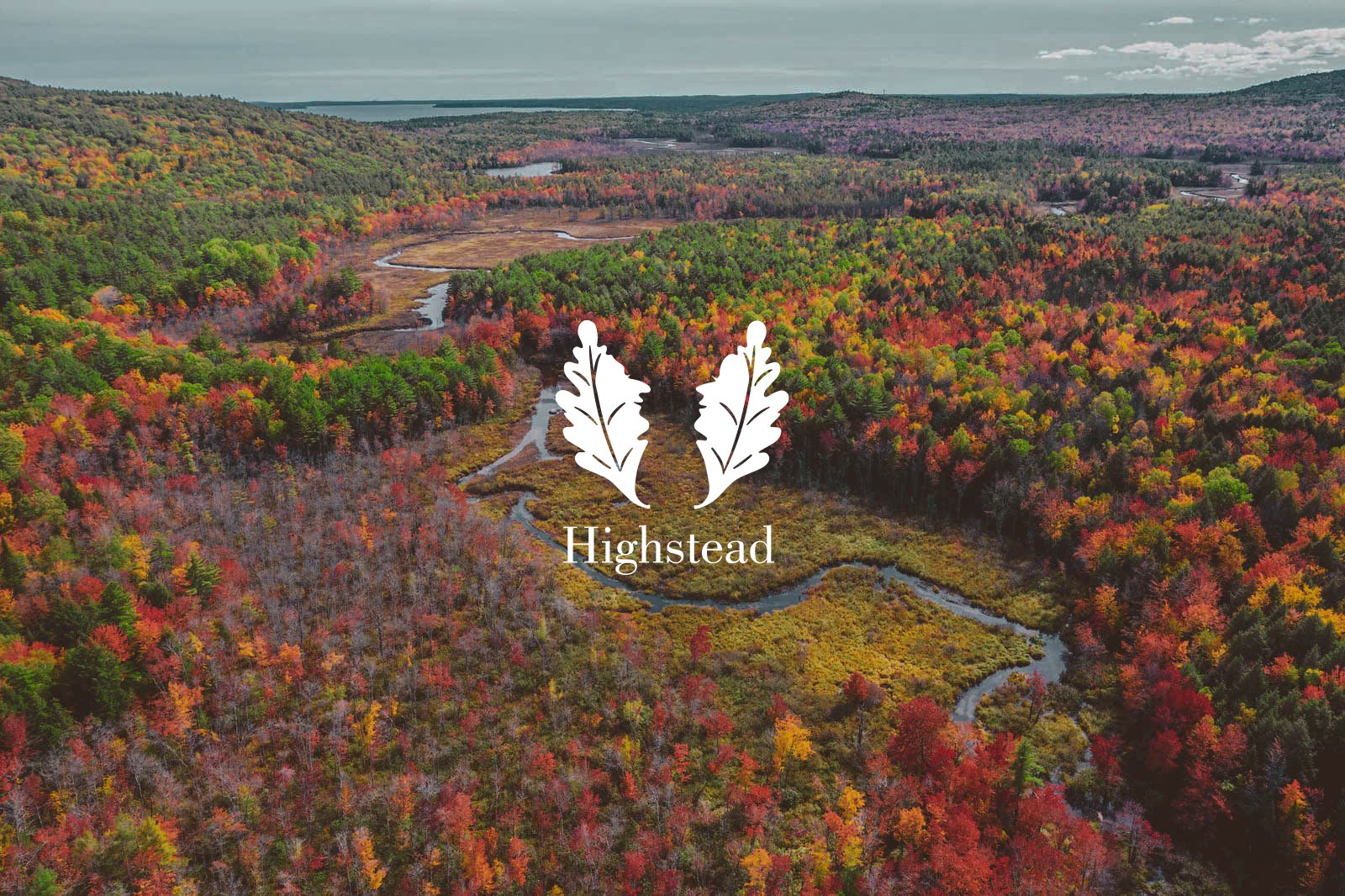CLIENT: Highstead
Relaunching a brand to honor its past, reflect the breadth and impact of its work, and position it for the future
Brand Positioning • Content Strategy • Website Design & Development
Highstead, a 40-year-old environmental NGO, wanted its messaging to reflect the land conservation work they were doing today so they can reach new audiences tomorrow. Highstead’s work had evolved and expanded significantly since the previous website launched in 2007 — the audience sphere grew, new relationships formed, and new programs emerged. They engaged Latshaw Marketing to help them create messaging clarity around the organization’s local footprint, regional impact in New England, and its vision for the future. Through the Empathetic Positioning Process we made a multi-faceted organization more accessible to drive more engagement with new and existing audiences. This positioning work led to a complete website redesign and a platform for a new, more dynamic content strategy.

Laying the Groundwork
We started with Curiosity, the first “C” of the Empathetic Positioning Process, conducting interviews and surveys with staff members and board members. The information we gathered helped to shine a light on both consistent and different perspectives throughout the organization. We used what we learned to identify the distinct groups of external audiences they currently engage and those they hope to reach in the future. We then interviewed representative members of these external audiences to help find the overlap between the goals, needs, and values of the organization and the people they serve.
We found that many people didn’t know the full breadth of Highstead’s work and often had a limited view based on their personal experience. These findings helped us to develop greater Clarity (the second “C”) which informed the new brand positioning platform, messaging pillars, website architecture, functional specifications, and the overall content structure and strategy.
Highstead Audiences
“Latshaw Marketing has led my organization through a challenging process of clarifying who we are and what matters to us and most importantly how we speak to and serve our partners and audiences.”
— Jeanne Ammermuller
Director Strategic Communications, Highstead
Positioning & Messaging
Through our collaborative and iterative process, we established a positioning statement and messaging pillars that guided many aspects of the new website.
Home page messaging
Website architecture
Insights section that organizes content into easily findable categories and topics
Content cards designed with categories and topic filters to serve up dynamic content at relevant places throughout the site
Design & Development
On behalf of Highstead, we conducted a thorough search for the right web design firm for the project, receiving multiple, competitive bids based on a detailed project brief. We ultimately chose California-based Giant Rabbit, which exclusively focuses on designing nonprofit websites. The Giant Rabbit team guided us through the design and development process, starting with a visual mood board process to identify key design elements — fonts, color palette, image styles, and other visual components of the new website. With an approved design, we worked with the Giant Rabbit team to develop specifications for website features and functionality which they ultimately used to build the new site.
Mood board and design elements
New Highstead home page
Website Content
We see websites as containers for great content. Just as you wouldn’t put coffee in a wine glass, it was important that Highstead’s website provide the right container for its growing content. We structured the site to reveal Highstead’s complete story for people regardless of their entry point or previous knowledge of the organization. Our team wrote many of the pages on the website and oversaw the work of other writers to ensure that each page was carefully crafted to reflect Highstead’s new brand positioning.
Sample page: We Collaborate | Read more →
Sample page: Land Protection | Read more →
The project team
Marissa Latshaw
Brand Strategy & Project Leadership
interested in working together?
If you’re curious about bringing more empathy to your brand, your communications, and your organization…

